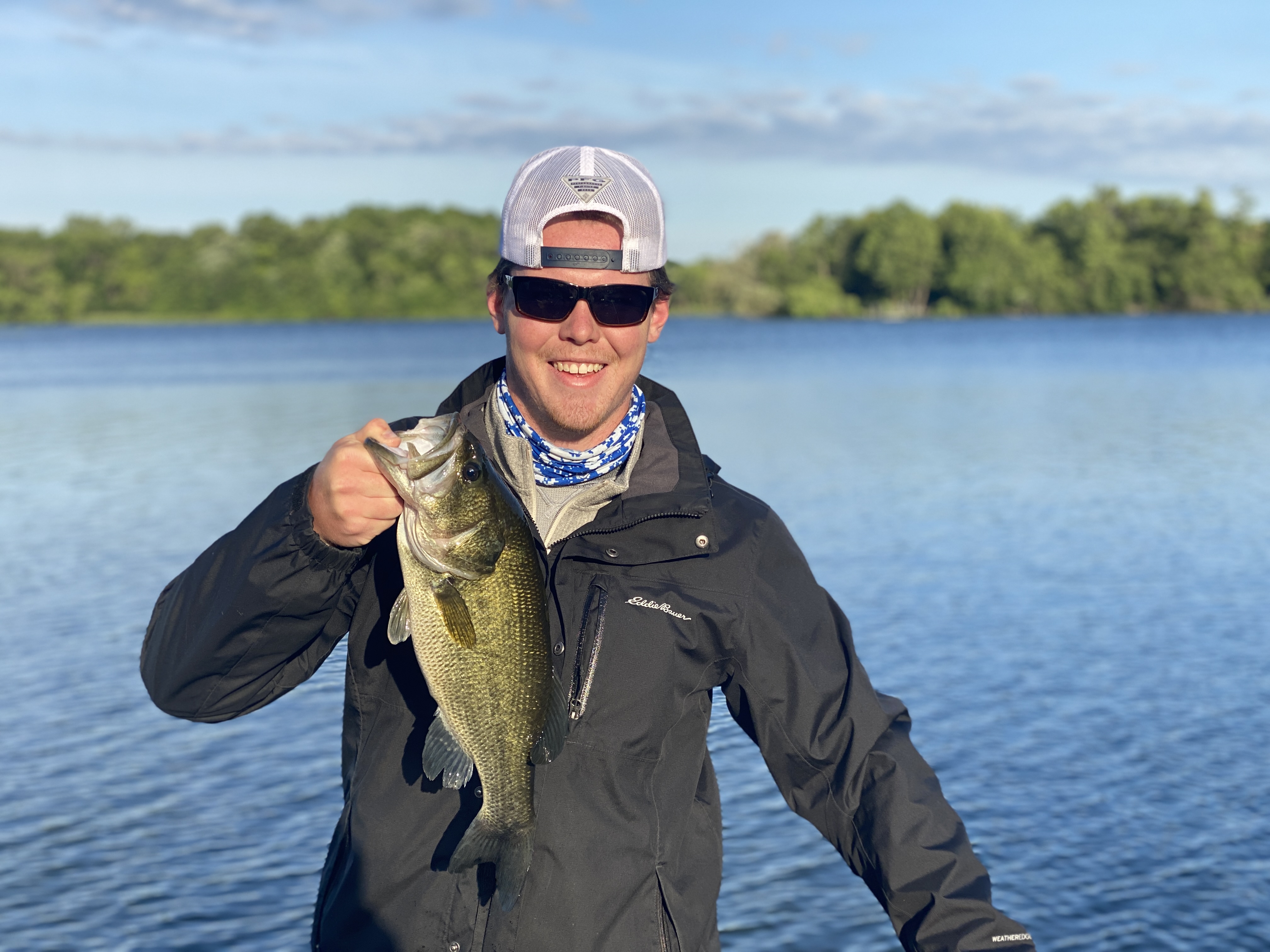Celebration of Scholars
A Comparative Analysis of Ulnar Collateral Ligament Repair to Reconstruction
 Name:
Brody Ilstrup
Name:
Brody Ilstrup
Major: Athletic Training
Hometown: St. Louis Park
Faculty Sponsor: Ashley Greenwood
Other Sponsors:
Type of research: Independent research
Funding: no funding
Abstract
There is an overall increased return to play time associated with ulnar collateral ligament (UCL) reconstruction in high level athletes. A new surgical technique of reparing the UCL has been shown to dramatically reduce the return to play time. This comparative analysis was written to identify and make Athletic Trainers aware of an alternative UCL surgery to inform patients of better outcomes and quicker return play time associated with repairing the UCL. The method of analysis was from peer reviewed studies that compared the reconstruction and repair of the UCL. The articles were summarized to formulate a clinical answer to the PICO question. The majority demographics of these articles consisted of high school age to professional level pitchers with a chronic or acute UCL pathology. The conclusion of this analysis is that repairing the UCL showed a lower failure rate and decreased return to play time in baseball pitchers than reconstruction. On average, athletes were throwing at the same level or higher within six months. Additionally, UCL repair adequately restored the valgus stability of the elbow. Continued research is needed to identify the long term outcomes of UCL repair.
Submit date: March 12, 2021, 3:40 p.m.
